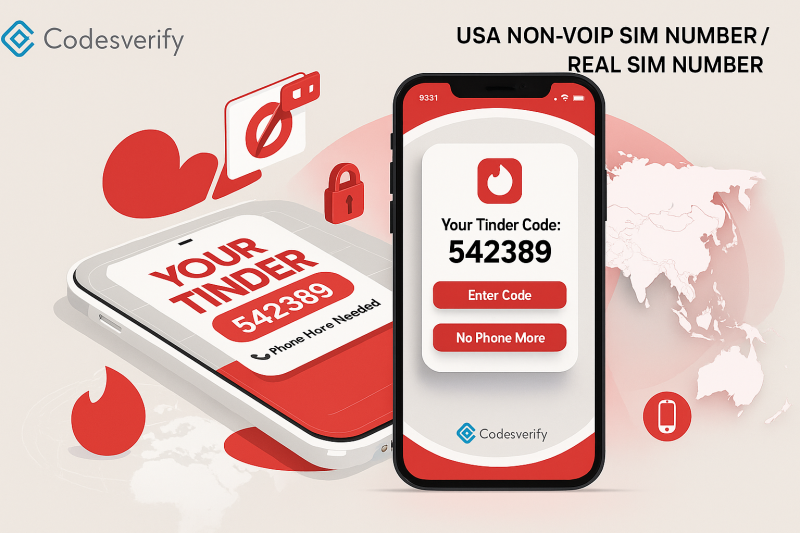What Is a Verification Code? A verification code (often called an OTP—one‑time password) is a short, … Verify Codes: The 2025 Guide to OTPs, Security, and Best PracticesRead more
Uncategorized
How to Sign Up for Tinder Without a Phone Number in the USA (2025 Guide)
How to Sign Up for Tinder Without a Phone Number (USA) How to Sign Up for … How to Sign Up for Tinder Without a Phone Number in the USA (2025 Guide)Read more
How to use Inbox Dollars to buy phone number verification
InboxCoupons is a website that offers phone number verification services. You can use InboxCoupons to buy … How to use Inbox Dollars to buy phone number verificationRead more
Create a list of all the people you know who don’t have a VoIP phone and why they don’t have one.
The people I know who don’t have a VoIP phone typically fall into one of two … Create a list of all the people you know who don’t have a VoIP phone and why they don’t have one.Read more
How to get SMS verification without using VoIP.
If you want to get SMS verification without using VoIP, there are a few ways to … How to get SMS verification without using VoIP.Read more
Free texting and phone numbers for businesses
Looking for a way to stay connected with your customers? Look no further than free texting … Free texting and phone numbers for businessesRead more
A phone number app that doesn’t require a VoIP account or contract.
If you’re looking for a phone number app that doesn’t require a VoIP account or contract, … A phone number app that doesn’t require a VoIP account or contract.Read more
How to use a carrier lookup service to find the best cellular phone plan for your needs.
If you’re like most people, you’re always on the lookout for the best cellular phone plan … How to use a carrier lookup service to find the best cellular phone plan for your needs.Read more
How to get a free number for verification?
There are a few ways that you can get a free number for verification. One way … How to get a free number for verification?Read more
How to find a mobile carrier in your area
Looking for a new mobile carrier can be a daunting task. But don’t worry, we’re here … How to find a mobile carrier in your areaRead more
